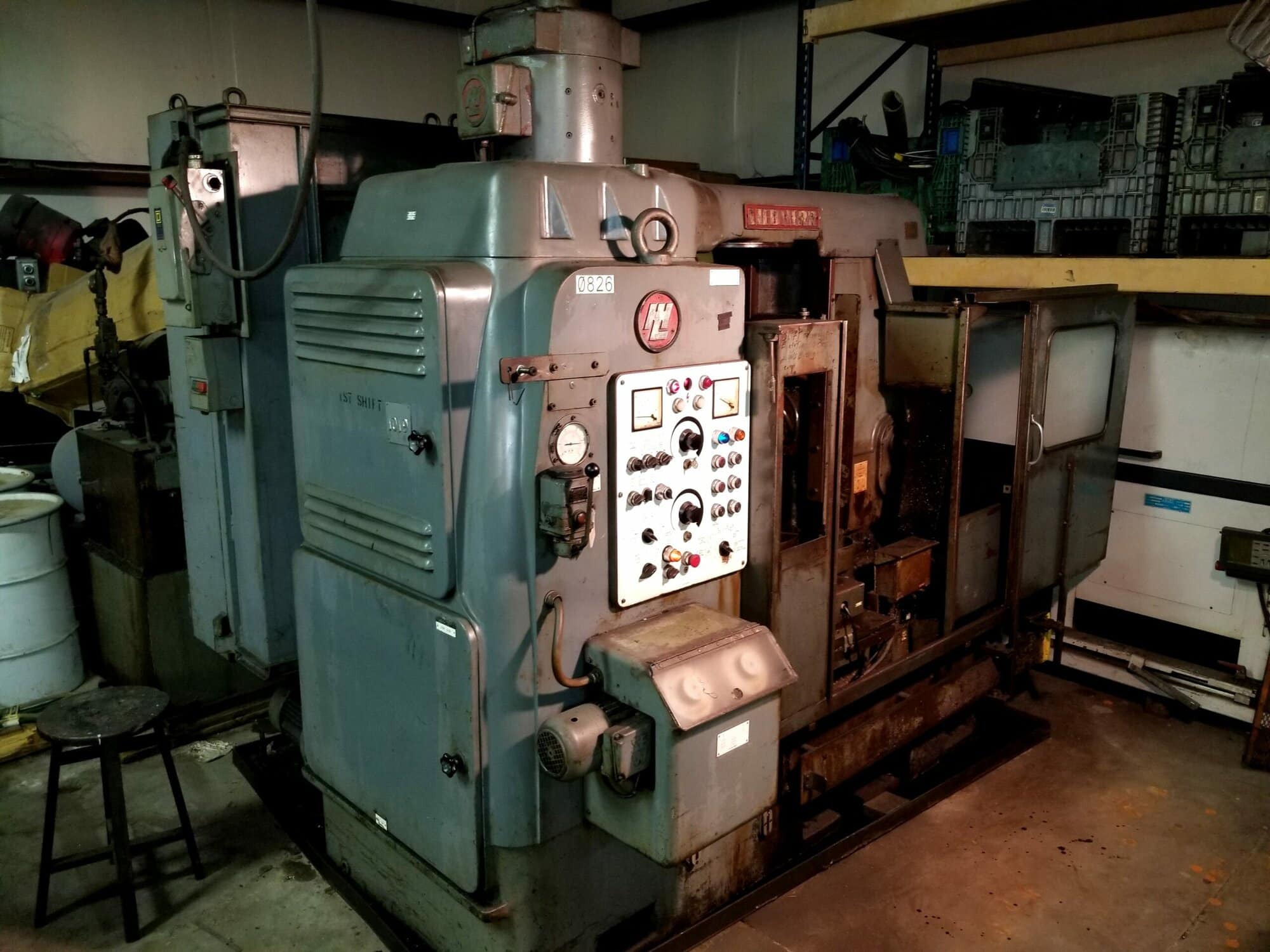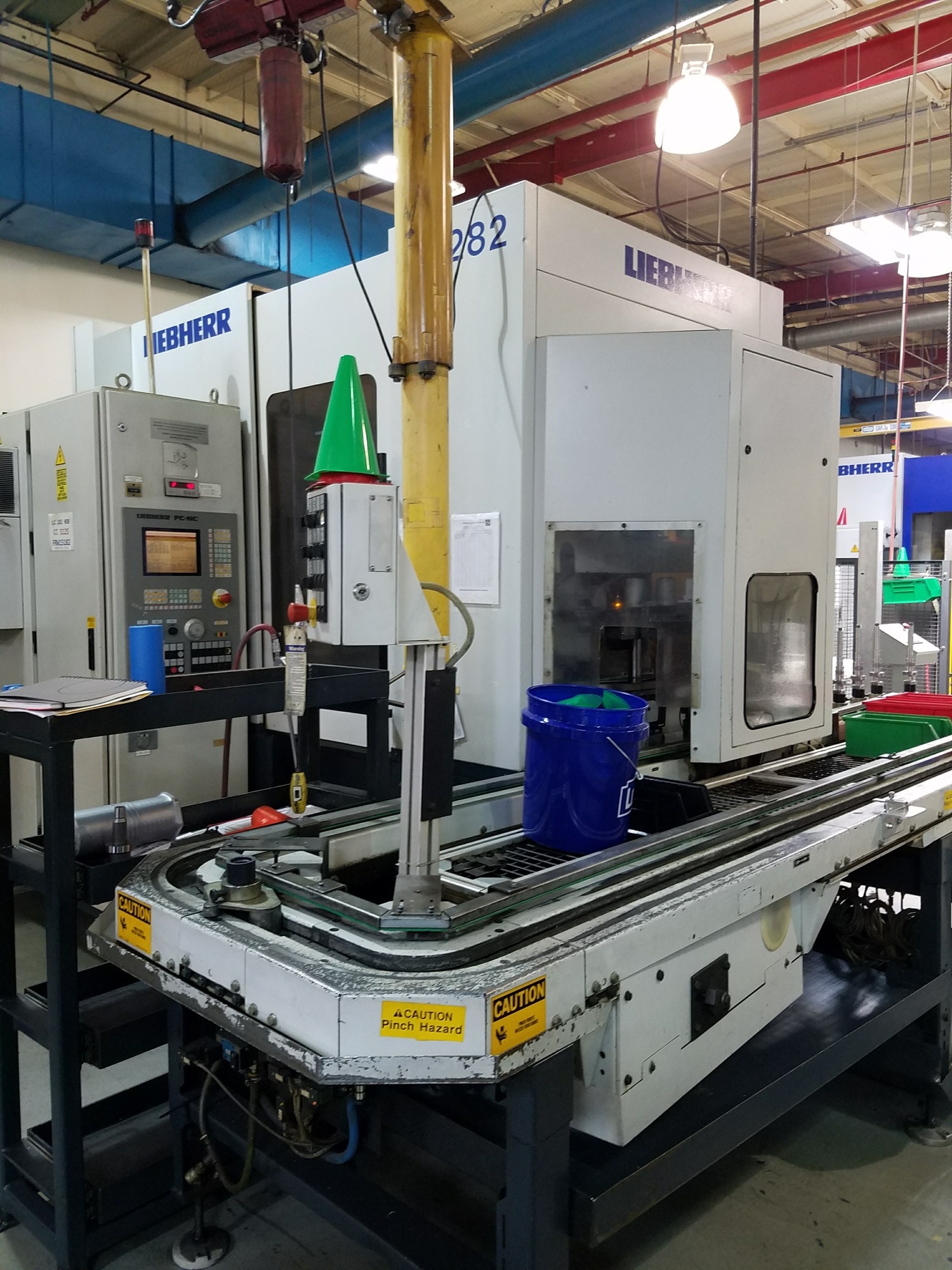I've picked up the David Brown gear hobber they used when they built the Mayflower, atleast it looks like it could be. This is in a package of running hobbers, so I'm not crushed if it can't be saved. It has suffered a lack of lube in it's nether regions and has major internal bearing/gear/shaft detritus. I don't think it's worth the effort/expense to rebuild the geartrain. The hob head and work table and ways are all fine.
I'm pretty anti-retrofit, but gear hobbers are not really commodity machines these days. Atleast not in the USA it seems.
I have googled this some. You got the Linux CNC guys and you got Kflop guys and then you got a few Motion Guru posts on this site talking about how simple this is with the right hardware while sharing dead links to products.
My goals would be- Control 3 or 4 axis (hob spindle, work table, hob up/down feed. Hob infeed can be manual) Hardware cost under a few grand, new or used. I can hunt Ebay. Avoiding steppers. OK with Chinese servos/drives if they work. Some kind of user interface that I can teach other people how to use- Could be anything with a screen if it works. I can't do software, but I do have some good resources for Python and C coding if needed.
What hardware would work? Vector drive and Servos? All servos?
This is a 12" gear hobber weighing around 3 tons. Probably needs 5-7.5HP for the hob I would guess. Work table and axis feeds could probably be 1HP or less.
I'm pretty anti-retrofit, but gear hobbers are not really commodity machines these days. Atleast not in the USA it seems.
I have googled this some. You got the Linux CNC guys and you got Kflop guys and then you got a few Motion Guru posts on this site talking about how simple this is with the right hardware while sharing dead links to products.
My goals would be- Control 3 or 4 axis (hob spindle, work table, hob up/down feed. Hob infeed can be manual) Hardware cost under a few grand, new or used. I can hunt Ebay. Avoiding steppers. OK with Chinese servos/drives if they work. Some kind of user interface that I can teach other people how to use- Could be anything with a screen if it works. I can't do software, but I do have some good resources for Python and C coding if needed.
What hardware would work? Vector drive and Servos? All servos?
This is a 12" gear hobber weighing around 3 tons. Probably needs 5-7.5HP for the hob I would guess. Work table and axis feeds could probably be 1HP or less.






 Even a manual L400 of 1970 has 20 hp. This is like so much work for nothing, while a lathe control that has five axes is a little unusual, and it certainly isn't going to transfer straight across to a machine that is so different, and Fanuc isn't going to hand over the keys to modify the software for nothing but ...
Even a manual L400 of 1970 has 20 hp. This is like so much work for nothing, while a lathe control that has five axes is a little unusual, and it certainly isn't going to transfer straight across to a machine that is so different, and Fanuc isn't going to hand over the keys to modify the software for nothing but ...